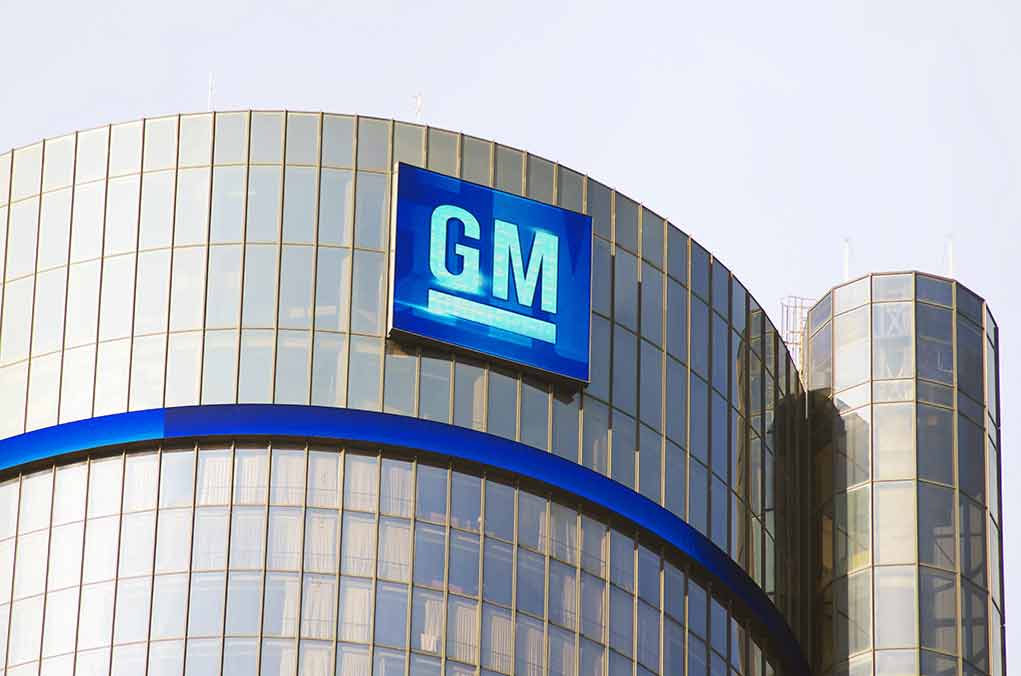
General Motors delivers a stunning blow to Biden’s EV agenda, investing nearly $900 million in gas-powered V-8 engines as American consumers reject the administration’s forced green transition.
Key Takeaways
- GM is redirecting $888 million to its Tonawanda plant in New York for a next-generation V-8 engine, abandoning previous plans for a $300 million EV drive unit investment
- The strategic shift directly responds to slower-than-expected consumer demand for electric vehicles despite years of government incentives and mandates
- Production of the sixth-generation V-8 engine will begin in 2027, featuring improved fuel efficiency and reduced emissions while maintaining the power Americans prefer
- The investment will preserve 870 American manufacturing jobs, including 177 positions that were at risk
- New York State is offering nearly $17 million in tax credits to secure the investment, highlighting the economic importance of traditional auto manufacturing
Reality Check on America’s EV Appetite
General Motors’ decision to pour $888 million into its Tonawanda plant for next-generation V-8 engines represents a significant market correction after years of forced electric vehicle adoption policies. The investment marks a complete reversal from GM’s previously announced $300 million commitment for electric vehicle drive units at the same facility. This major course correction comes as manufacturers face the hard truth that American consumers aren’t embracing electric vehicles at the pace the government mandates, despite massive taxpayer subsidies aimed at artificially boosting demand.
https://www.youtube.com/watch?v=2onHSHIlwTw
The Tonawanda Propulsion Plant in Buffalo, New York, has been producing internal combustion engines for 87 years, embodying America’s manufacturing heritage. While the Biden administration has consistently pushed policies attempting to phase out traditional engines in favor of electric vehicles, GM’s investment signals that the market is speaking louder than government edicts. The automaker’s strategic pivot demonstrates that traditional V-8 engines remain essential to meeting actual consumer demand, particularly for the full-sized trucks and SUVs that American families and businesses rely on.
Jobs and Economic Impact
The investment secures the future of 870 American manufacturing jobs, including 177 positions that had been at risk as the plant faced uncertain prospects. New York Governor Kathy Hochul, recognizing the economic importance of this investment, announced that the state would offer up to $16.96 million in tax credits to support the project. This arrangement highlights how traditional auto manufacturing continues to serve as a critical economic engine for American communities, creating stable, well-paying jobs that support families and local economies.
GM’s decision to invest in American manufacturing stands in stark contrast to concerns about offshoring production and the push toward technologies that would eliminate traditional auto industry jobs. The Tonawanda plant’s continued operation ensures that skilled American workers will maintain their positions producing the engines that power vehicles Americans want to buy. This commitment to American manufacturing aligns with President Trump’s emphasis on keeping production on American soil rather than outsourcing to foreign countries.
Innovation Without Abandoning Tradition
While the Biden administration has attempted to force the adoption of electric vehicles through regulations and subsidies, GM’s investment demonstrates that innovation can occur within traditional technologies. The sixth-generation V-8 engines planned for production beginning in 2027 will feature advanced combustion and thermal technologies designed to improve fuel efficiency and reduce emissions. This approach allows for environmental improvements without sacrificing the performance, reliability, and convenience that American consumers demand from their vehicles.
The continued investment in internal combustion technology reflects market realities that government planners have ignored. Americans, particularly those in rural and suburban areas, need vehicles with long range, quick refueling, and the ability to handle diverse weather conditions and terrain. While the fifth-generation V-8 engines will continue to be produced at Tonawanda in the meantime, the development of the next generation shows GM’s recognition that these engines will remain essential to their product lineup for years to come, despite government attempts to legislate them out of existence.
Market Forces Triumph Over Government Mandates
GM’s reversal represents a victory for market forces over government central planning. After years of pushing electric vehicles through regulations, mandates, and taxpayer subsidies, automakers are confronting the reality that Americans aren’t adopting these vehicles at the rate required by government timelines. The slower-than-expected demand for electric vehicles has forced companies to reassess their investments and listen to what consumers want instead of what government officials think they should want.
This investment in V-8 engine production stands as a rebuke to the notion that the internal combustion engine is on its way out. Instead, it confirms that traditional engines will continue to power America’s vehicles for the foreseeable future, meeting the needs of consumers who value reliability, performance, and convenience. As government EV mandates continue to collide with market realities, more manufacturers may follow GM’s lead in recommitting to the technologies that have successfully powered American transportation for generations.











